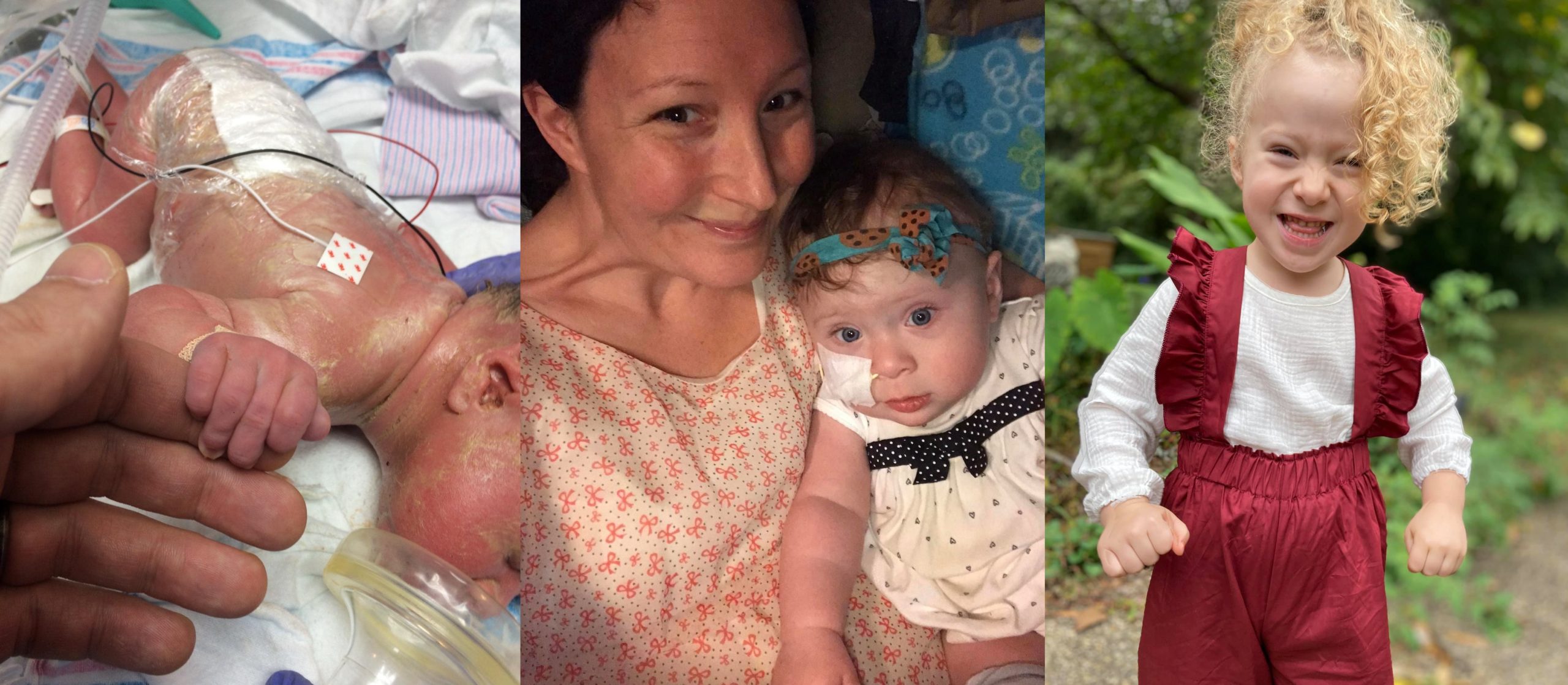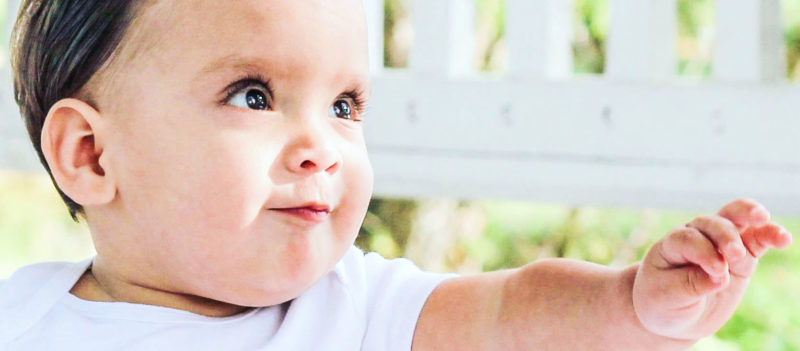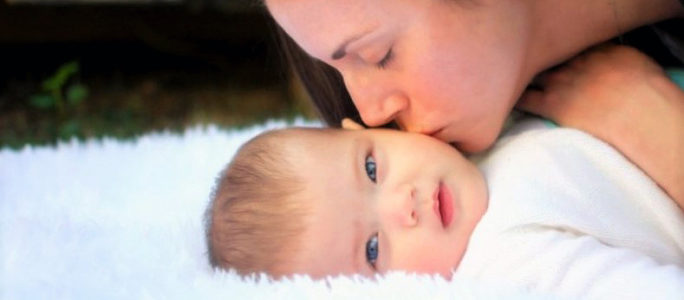For most families, news that they are expecting a baby is a joyous occasion. But for families of the 1 out of every 2,700 babies diagnosed with spina bifida, those happy emotions quickly turn to concern as expecting parents navigate the challenges surrounding that diagnosis.
I learned this firsthand when my daughter Cambria was diagnosed at 23 weeks in utero with myeloschisis, a form of spina bifida which meant her spinal cord and the surrounding nerve tissue were exposed to amniotic fluid. Spina bifida can happen anywhere along the spine if the neural tube does not close all the way. When this happens, the backbone that protects the spinal cord does not form and close as it should. This often results in damage to the spinal cord and nerves.
Our Journey
There were a lot of emotions when we received her diagnosis. Our family sought recommendations from a few hospitals, and we were crushed when we were told by some, she would not make it to birth, or possibly pass soon after. One option we were given by Cincinnati Children’s that others did not offer was fetal surgery. This possibility supplied the hope we were looking for and helped us feel empowered to help our baby as much as possible.
That is when we started our journey with the Cincinnati Children’s Fetal Care Center Team. The care we received was, and continues to be, top notch. They hugged us through the tears and went the extra mile to show us they truly cared about us. We have never felt like “just another case” thanks to the support system put in place by everyone involved with our daughter’s care.
The doctors performed a minimally invasive fetal surgery, called fetoscopic repair for spina bifida. During the surgery, the doctor made a small incision across my abdomen to open my uterus. Then, using a miniature camera, or “scope”, and small surgical instruments, repaired Cambria’s spinal defect and protected her spinal cord from exposure to amniotic fluid. After the procedure, my uterus and abdomen were closed.
Community Matters
I learned quickly that I was not alone. This was clear as I met a group of families going through similar spina bifida journeys with their newborns. Even prior to our children being born, we had created a tight bond and spent a great deal of time together. We often gathered at Cincinnati’s Ronald McDonald House (RMHC), which is just across the street from Cincinnati Children’s and allows families to stay close to their critically ill children as they receive the medical care they need.
RMHC was a place that we were able to meet daily over meals and provide emotional support for one another when the days were long. We were able to offer advice, a hug and a listening ear for conversations about the emotions of knowing the childhood we had hoped our children would have would be different and more challenging than we ever expected.
The bond created between me, and the other families was deep. We still communicate weekly through social media, group chats, and even try and have a reunion each year. We always let each other know when we are in Cincinnati for appointments in case there are other opportunities to meet up. We continue to celebrate accomplishments together, as well as provide support when each of us has a concern, or just a bad day.
It has been a huge blessing to have this community to lean on during challenging times. We are all extremely grateful for the opportunity that RMHC offered to allow pregnant mothers of children with spina bifida to stay prior to giving birth, regardless of fetal or post-natal repair.
Cambria Today
Cambria is now 4 years old and making great progress with her behavioral, cognitive and sensory therapies through Occupational Therapy and many other specialties. She enjoys preschool, riding her bike, watching football and playing Mario Kart and dolls.




I thank the Lord that all is well. I really saw this article helpful for i am going through the same but am scared. I hope you and your family are well!!!